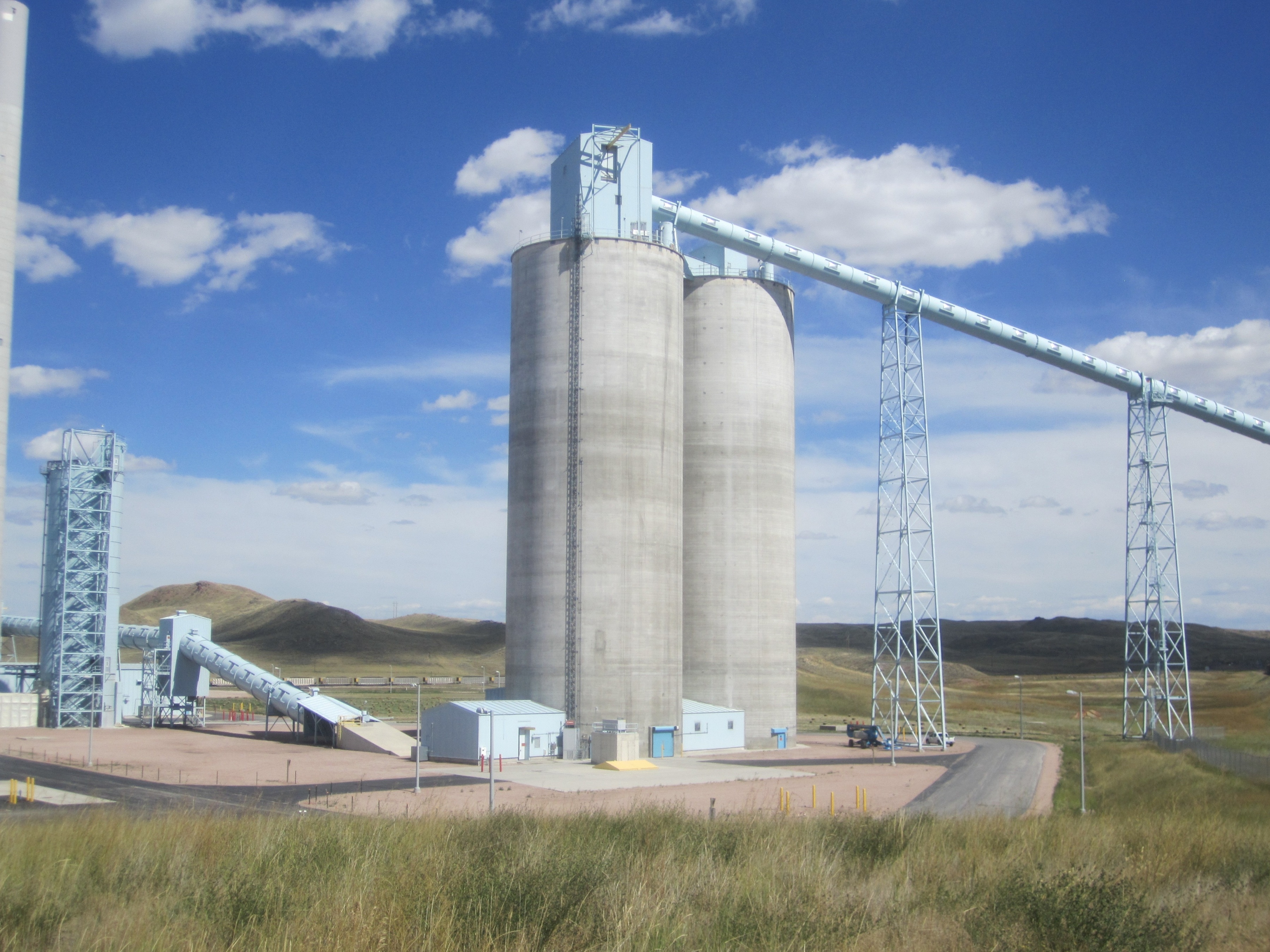Determining the Root Cause of Corrosion on Reinforced Concrete Coal Silos | Wyoming, USA

Services Applied by VCS Engineering
Project Description
VCS Durability performed a condition assessment of two reinforced concrete coal silos in Gillette, Wyoming. The objectives were to determine the root cause of visible distress, quantify the extent of deterioration, and develop a rehabilitation and maintenance strategy to extend the service life of the silos.
Observed deterioration included localized spalling, map cracking, and wider individual cracks. Although only five years old, the silos were exhibiting durability concerns that required investigation to prevent long-term performance issues
Project Issue
The client noticed a large spall on the side of one of their coal silos approximately 3-ft in diameter and located at an elevation of 135-ft. After gaining access to the structure using a man basket and crane, the center of the spall was found to be discolored, full of powder and located directly over a vertical jacking bar which was electrically isolated from the reinforcing steel and silo grounding system.
Based on the visual observations and research, VCS concluded that the spall was most-likely the result of a lightning strike. Since the jacking bar, used to support the slip form system, was electrically isolated from the silo’s grounding system, the intense energy dissipated by the lightning strike instantly vaporized any moisture in the concrete pores and caused the large concrete spall. The loose concrete around the spall was removed as a safety precaution.
Additional deterioration mechanisms were also identified. Larger cracks in the exterior walls were attributed to restrained drying shrinkage, while widespread map cracking was consistent with early-age drying in the local climate. This map cracking led to measurable carbonation depth of approximately 0.5 inches within only five years. Fortunately, reinforcing steel was generally well positioned with approximately two inches of concrete cover.
The silo roofs were flat which resulted in water ponding and some corrosion activity. A corrosion potential survey of one roof identified areas of active corrosion.
As part of the assessment, petrography was conducted and it was determined that the local natural sand contained reactive aggregate which produced ASR gel when wetted. SEM/EDAX was conducted to confirm the composition of the gel. No external evidence of ASR distress had yet developed at this young age.

Project Solution
VCS recommended the following repair strategies to the client in order to extend the service life of the Dry Fork Silos:
- Repair concrete spalls in accordance with ICRI guidelines.
- Pitch roof and coat with a penetrating low viscosity epoxy primer and a non-skid urethane topcoat.
- Mitigate any localized corrosion on the roof with discrete galvanic anodes.
- Replace cracked equipment pads.
- Large cracks should be injected with epoxy and be monitored for repeat cracking after one year.
- Seal the exterior walls of each silo with silane or siloxane to minimize further rewetting of the concrete and reduce the potential for ASR and carbonation distress.
- Locate all jacking bars and establish electrical continuity with grounding system.
- Review lightning protection system and repair any damage.
